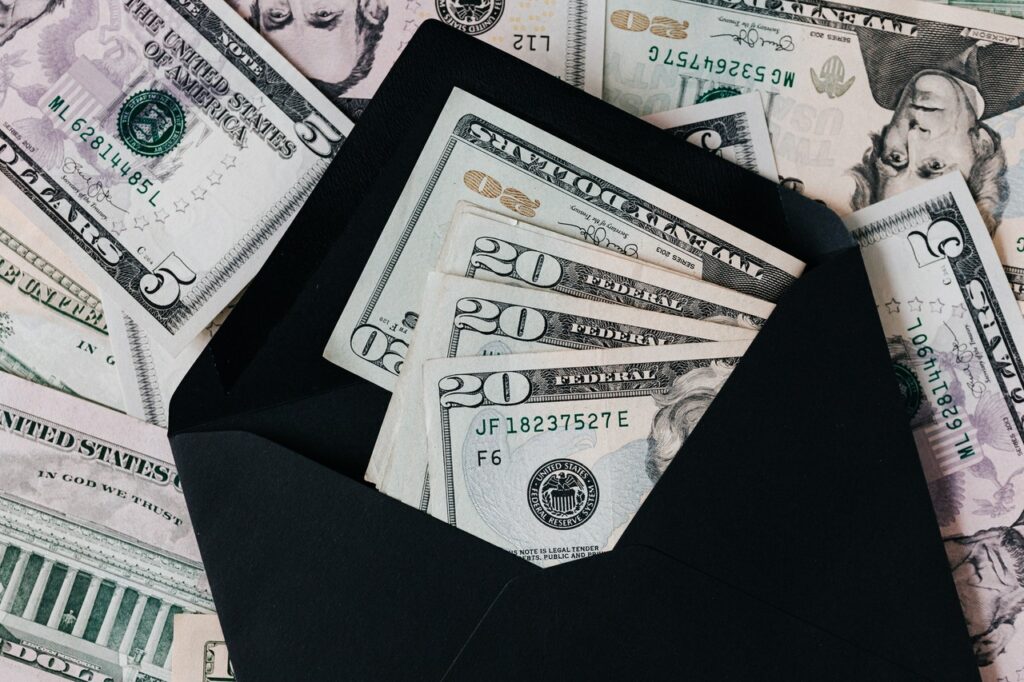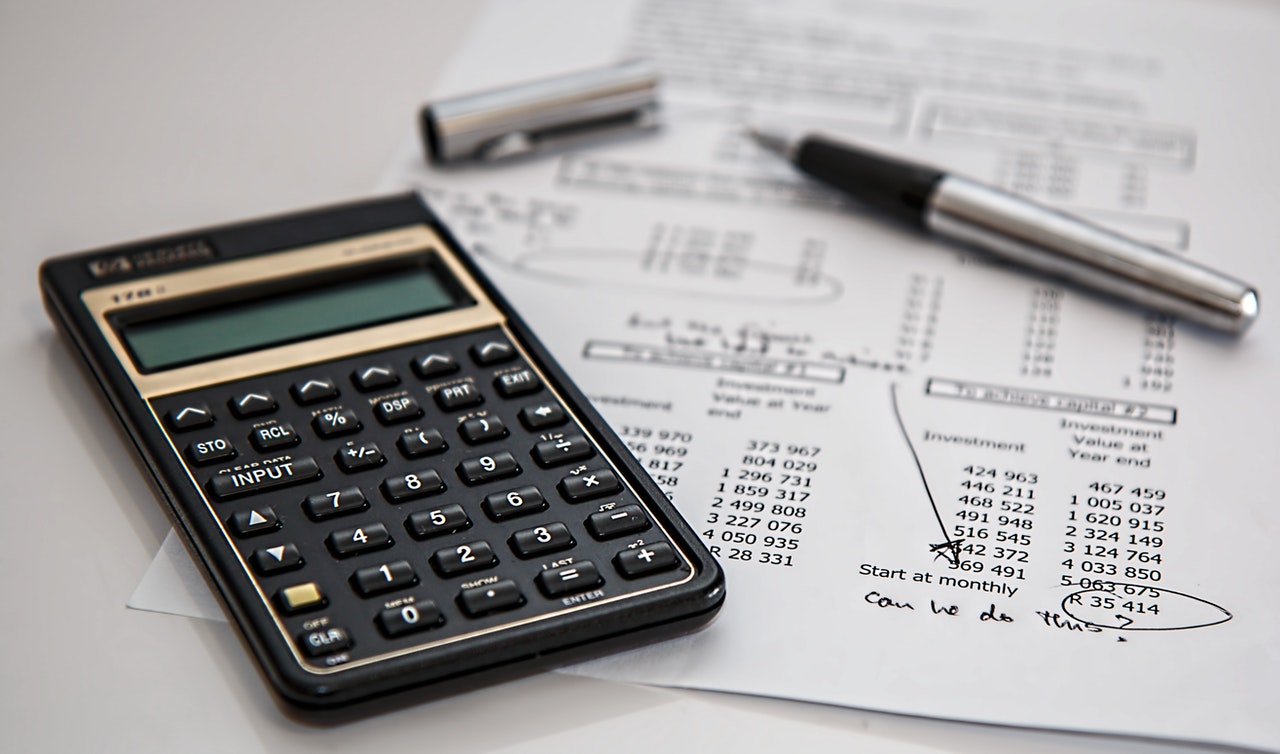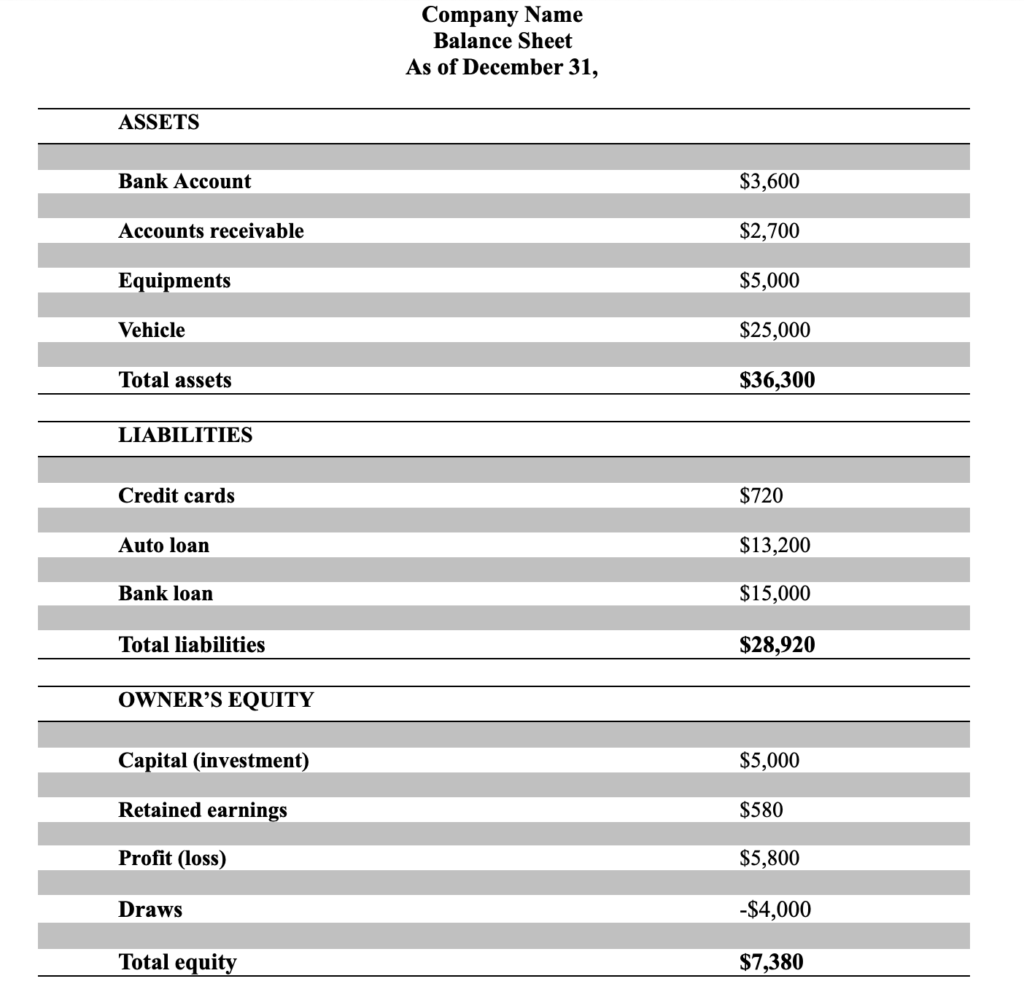If you are a business owner or intend to start your business, you must know the importance of maintaining a balance sheet. A balance sheet is the quickest way to get an idea about the financial position of your company.
A balance sheet gives you a snapshot of your company’s finances because it incorporates total assets, liabilities, and shareholder equity.
You should not ignore the validity and importance of a balance sheet because it helps you assess where your small business resilience stands at a specific time. It tells you whether your business needs loans to function or earn enough revenue to keep your company growing successfully.
Let’s take an in-depth look into the composition of a balance sheet.
What is a Balance Sheet?

Photo by Karolina Grabowska from Pexels
Three basic financial statements help the analysts or owners understand a company’s financial health. They are termed as the income statement, cash flow statement, and balance sheet.
The balance sheet is the most essential and useful forecasting tool as it includes a detailed summary of all the assets, liabilities, and equity of the company.
You can use the balance sheet to determine how to meet your company’s financial obligations and the best ways to invest your money. It leads you to the roadmap of all the prospects in which you can invest your finances.
Besides, you should be maintaining a balance sheet to compare your company’s progress and keep track of your performance.
What is a Balance Sheet Made of?
There can be minor differences in the components of a balance sheet from one industry to the other. Still, the standard format of a balance sheet comprises three main parts, i.e., assets, liabilities, and shareholder equity.
-
Current Assets
Assets mean everything that a company owns. It includes both tangible and intangible assets. You can further bifurcate tangible assets as liquid assets and fixed assets.
Liquid assets mean assets that can be converted into cash easily or already are in the form of cash.
Fixed assets or non-liquid assets are assets that cannot be converted into cash quickly. Fixed assets include property in the form of land, buildings, or any company’s equipment.
Intangible assets include the assets that are not physical but are under the sole ownership of the company. They bring good worth and value to the business. Intangible assets include patents, copyrights, brand name, intellectual property, and the company’s goodwill.
Summing all these tangible and intangible assets makes up the company’s assets and the balance sheet’s total assets.
-
Liabilities
All the debts of a company together make the liability section of a balance sheet. It includes mortgages, bank loans, expenses, or any other obligation that is to be paid. You can break them down into two sections: current liabilities and long-term liabilities.
Current liabilities include short term liabilities that are due and to be paid back within the year. It consists of office supplies, rents, marketing expenses, payroll taxes, short term loan payments, and healthcare costs.
Long-term liabilities, as depicted by the name, are debts that are not due within a year. They have a longer payback period. It includes debt obligations, deferred tax liabilities, and bond payments.
If you have taken a bank loan and it needs to be paid back within one year, that makes it a current liability. On the other hand, if it’s due longer than a year, it will fall under the category of long-term liability.
-
Shareholder Equity
Shareholder equity or owner’s equity is the sum of money owners of the company will get if the business assets are liquidated and all the debts and liabilities are paid off.
On the other hand, shareholder equity doesn’t include retained earnings or earnings that you will reinvest. Other than that, payment purposed for the repayment of debts is also not included in the owner’s equity.
From the balance sheet’s equity column, shareholders can get an obvious idea about the business’s performance from a financial perspective. When a company is doing well in the market, the shareholder equity goes up and vice versa.
Is it Important to Have One?
The question about the importance of a balance sheet in a business is very objective, and it has a simple answer that is yes! Irrespective of the business’s size, financial statements’ size plays a vital role in regulating its financial health.
If small business owners think they don’t need balance sheets, below are some reasons to explain why you need to maintain balance sheets explicitly.
Even for beginners, the balance sheet is the most efficient way to check your debts and receivables. Even if you run a small business, you need to carry multiple transactions daily. The balance sheet explicitly reflects your debts and credits.
Besides keeping a record of debits and credits, the balance sheet helps you compare your business progress and metrics with the other enterprises of the same category. Maintaining healthy competition with your competitors is one of the good ways to keep your business growing.
A balance sheet helps keep the businessman updated about capital availability, assets, and potential losses or gains. It helps to take prompt and on spot decisions according to the current scenario. Maintaining a balance sheet also helps your bookkeeping service when you have to pay your taxes or if you get audited by the IRS.
A balance sheet also helps you determine whether you should take more debt or increase or decrease the current interest rate. In short, you can take your financial decisions easily if you’re good at maintaining a balance sheet and updating it regularly.
The Balance Sheet Equation
The accounting equation that is the key to the balance sheet is known as “the balance sheet equation.” You write it as:
Assets = Liabilities + Owners Equity
You should balance both sides of the equation to create a balanced sheet as the name shows. The equation shows that you pay for the assets you own by either borrowing money or getting money from the owners.
Example of Maintaining a Balance Sheet
Here is an example of a balance sheet in a proper format that you need to follow while making its balance sheet.
Referring to the balance sheet equitation above we get following numbers:
$36,300 = $28,920 + $7,380.
We know that maintaining a balance sheet is useful for assessing and monitoring the business’s financial health. It includes all the details about assets, liabilities, and equity. Irrespective of its size, every business should maintain its balance sheet to keep a keen eye on the company’s financial matters.





